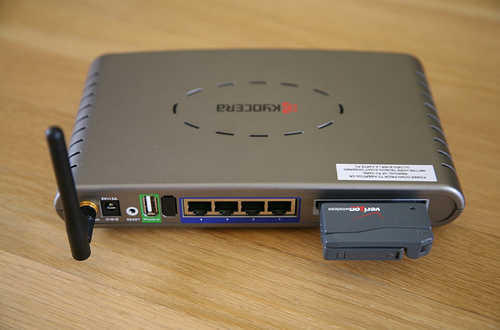
Fig: Desktop computer
Suitable positioning of the Ergonomic Monitor would help you reduce exposure to compelling exertions, inept postures, and overhead glare. Possible health issues like extreme exhaustion, eyestrain and related disorders like itching, sty, and power. Variations of the eye lens, and neck and back pain can be avoided on proper selection of the Ergonomic Monitor. The positioning of the Ergonomic Monitor should be in concurrence with the other components like the keyboard, desk, and chair.
While using the Ergonomic Monitors , ensure the following:
- Ensure that the Ergonomic Monitor is in front of you and at least 20 inches away.
- Ensure that the top line of the screen of the Ergonomic Monitor is at or below your eye level.
- Ensure that the Ergonomic Monitor is placed perpendicular to the window.
- The viewing distance, viewing time, viewing angle, and viewing clarity have to be adjusted to get the best results without affecting your health.
Readmore »»











